Pine & the Caledonian Forest
Scots pine, magical tree and keystone in the ancient Caledonian Forest
Scots pine (Pinus sylvestris) arrived in southern Britain after the last Ice Age some 11,000 years ago. It reached Scotland 2,000 years later. 7800 years ago, Scots pine was already confined to the Highlands. Even though this tree is found all over the world, the Scottish Highlands have a unique variety (Pinus sylvestris var scotica) which is adapted to wetter and windier conditions, but this still did not stop the decline that started 4500-3500 years ago due to climate change (wetter weather and the expansion of peat formation) combined with human interaction (felling trees, setting fire to allow for new heather shoots and overgrazing by sheep and deer). 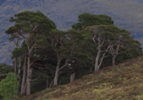
This decline continued and eventually accelerated
until the point of no return was reached. Granny pines (solitary old pines) cannot cope with too many animals eating the few seedlings popping up. With less than 20,000 ha of ancient pinewood and some 10,000 ha of new native pinewood (younger than 1750), human intervention was and is still desperately needed to safeguard and restore "the pockets" of the ancient Caledonian Forest.
The Caledonian Forest does not consist solely of pine, but also of birch, and ideally also of rowan and juniper (amongst others). I am above all interested in pine (as the MacGregors' badge). With its orange-red to reddish brown bark and irregular shape it has a lifespan of some 250 years, although some - like those in Glen Loyne to the north west of Fort William - are known to be 550 years old.
The shape of the tree depends on the soil. Well-drained, sandy soils allow for straight, tall trees up to 25 metres. Boggy ground on the other hand, will produce stunted and twisted trees that will not grow thaller than a few metres, even after a hundred years.
The once vast Caledonian Forest is now reduced to pockets scattered over the Highlands. Below some pictures and a brief description of one of those "pockets".
If you would like to visit "all" of the remnants of the Forest yourself, there is a very interesting book called "The Ancient Pinewoods of Scotland - a Travellers' Guide" by Clifton Bain. Despite being a "guide", the book is too heavy to carry around in a rucksack. Still, it is a truly interesting
book.
Additionally, if you would like to support the restoration of the Caledonian Forest, you can "sponsor" reforestation through Trees for Life, a Scottish charity. Through the acquisition of the Dundreggan Estate it is attempting to link the remnant in Glen Moriston with that of Glen Affric. Grace to one of my godchildren, I am the very proud sponsor of two trees already.
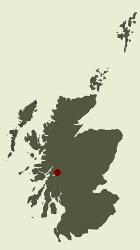 The Southern Group
The Southern Group
The Southern Group of the Caledonian Forest consists of six areas:
1. Black Mount with (a) Glen Fuar, (b) Doire Darach and (c) Crannach
2. Glen Orchy with (a) Allt Broighleachan and (b) Allt Coire Bhiocair
3. Tyndrum
4. Glen Falloch
5. The Black Wood of Rannoch
6. Meggernie
Black Mount
The stretch of the West Highland Way between Bridge of Orchy and Inveroran will show you all three pockets. From Inveroran you can get a glimpse of Glen Fuar.
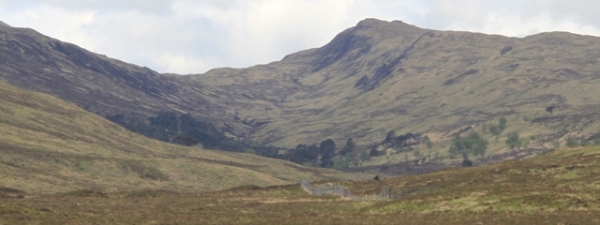
The road between Bridge of Orchy and Inveroran is perfect to discover Doire Darach ('the oak-grove') and from Màm Carraigh (the hill part of the West Highland Way) is a great vantage point.
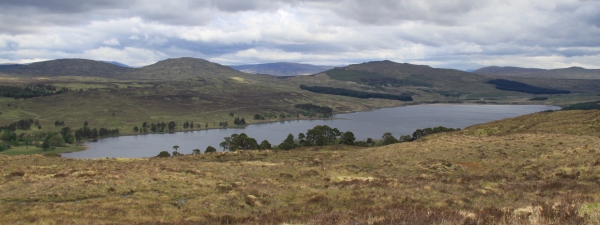
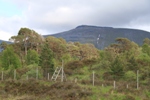 |
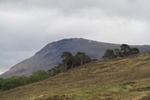 |
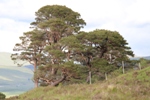 |
The enclosure holds a gorgeous mix of old, maturing and young pines.
The forest of Crannach straddles the railway line between Bridge of Orchy and Rannoch and in past times, the forest suffered from sparks setting the wood on fire.
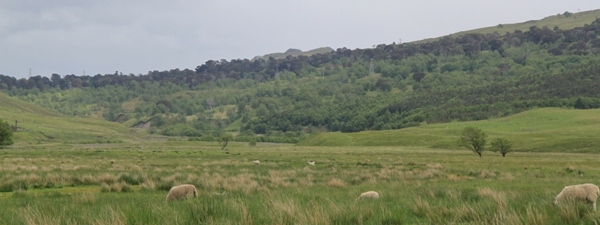
It's a nice walk along Beinn Achaladair to reach Crannach.
Glen Orchy
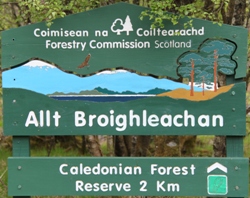
 Allt Broighleachan (tumultuous burn) can be reached by crossing the River Orchy at Eas Urchaidh (waterfall of the narrow pass).
Allt Broighleachan (tumultuous burn) can be reached by crossing the River Orchy at Eas Urchaidh (waterfall of the narrow pass).
Allt Coire Biochair (burn of the vicar's wood) lies a bit further and there are plans to connect the two pockets through natural regeneration. From the state it is right now, that isn't going to happen any time soon.
Between 2010 and 2014 the only considerable change to the Allt Broighleachan change has been the remarkable growth of the birch trees nearly dwarfing the pines.
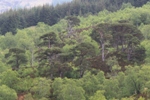 |
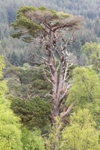 |
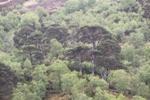 |
The path towards Allt Coire Biochair is a disaster. It is full of sitka spruce and the (temporary?) "solution" is not to allow walkers on the path. We are not amused.
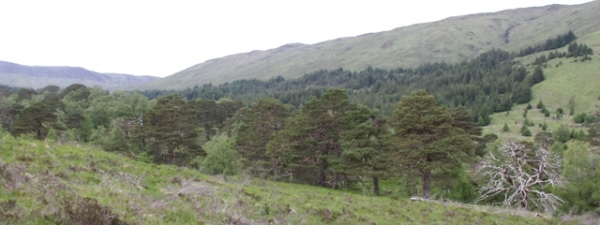
Tyndrum
The walk to the Tyndrum pocket starts at the car park of Dalrigh, just south of Tyndrum. Beautiful individual (and old) pines, but no regeneration visible.
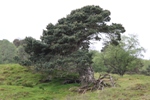 |
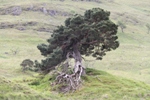 |
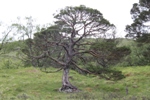 |
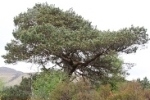 Home
Home

